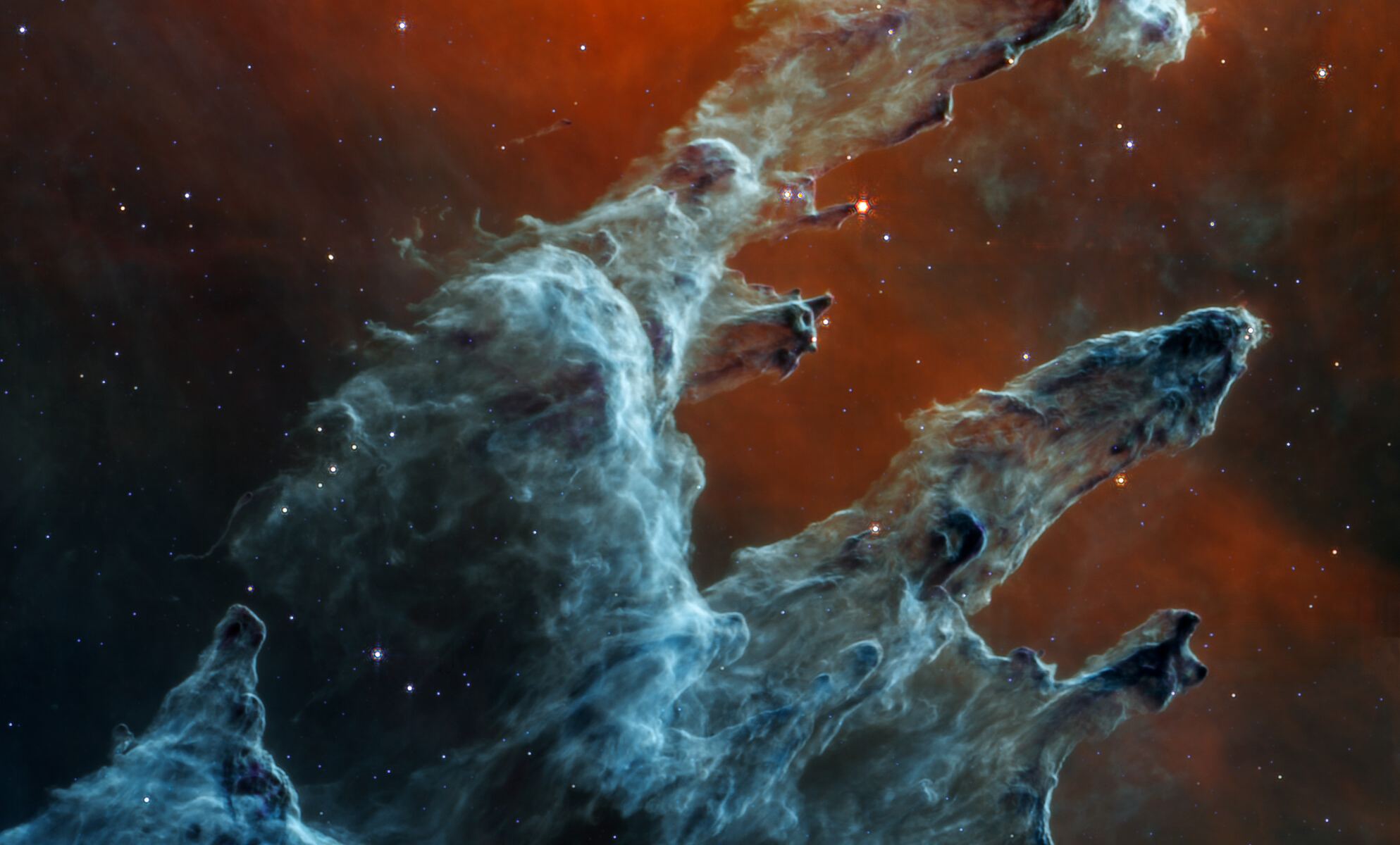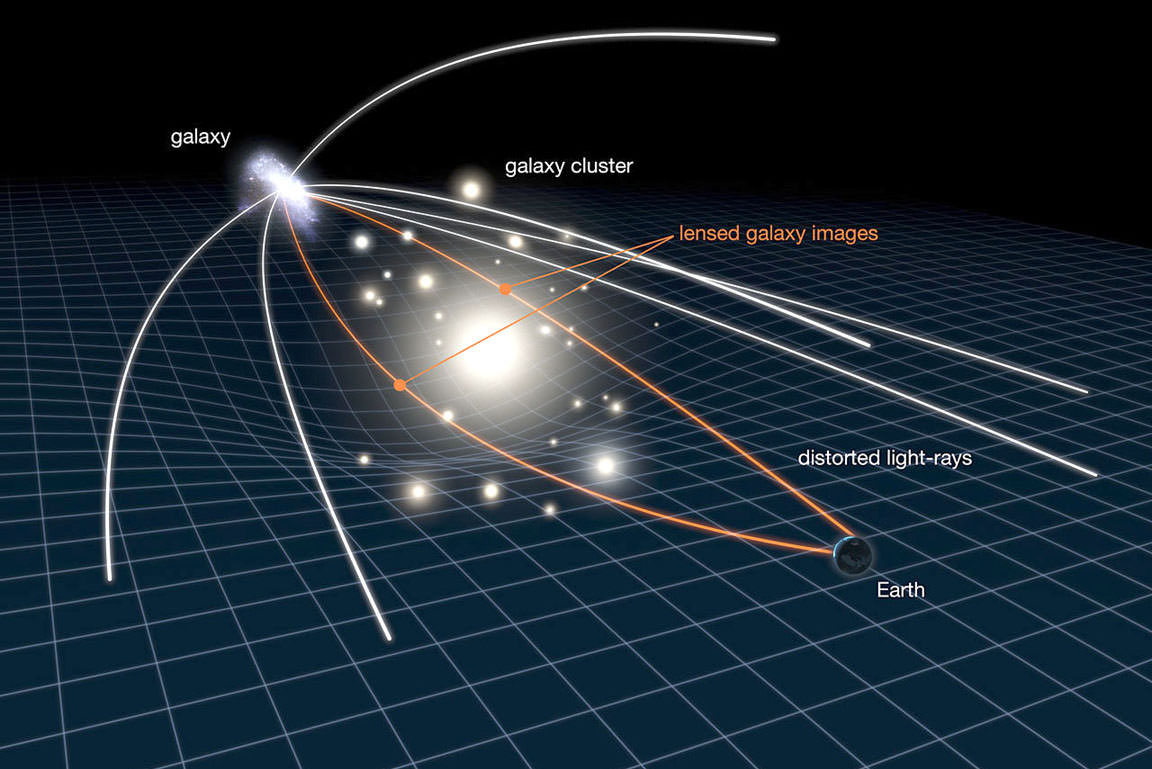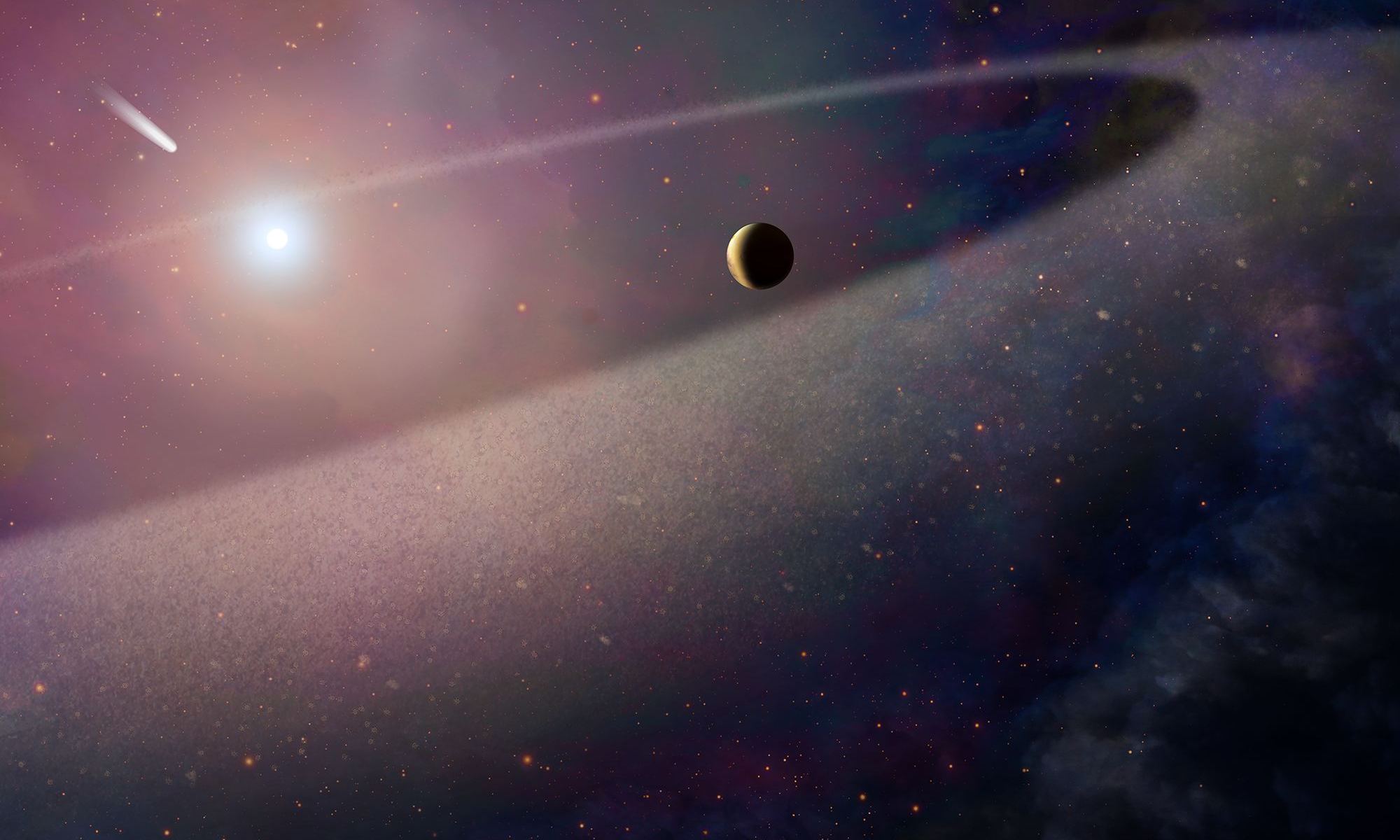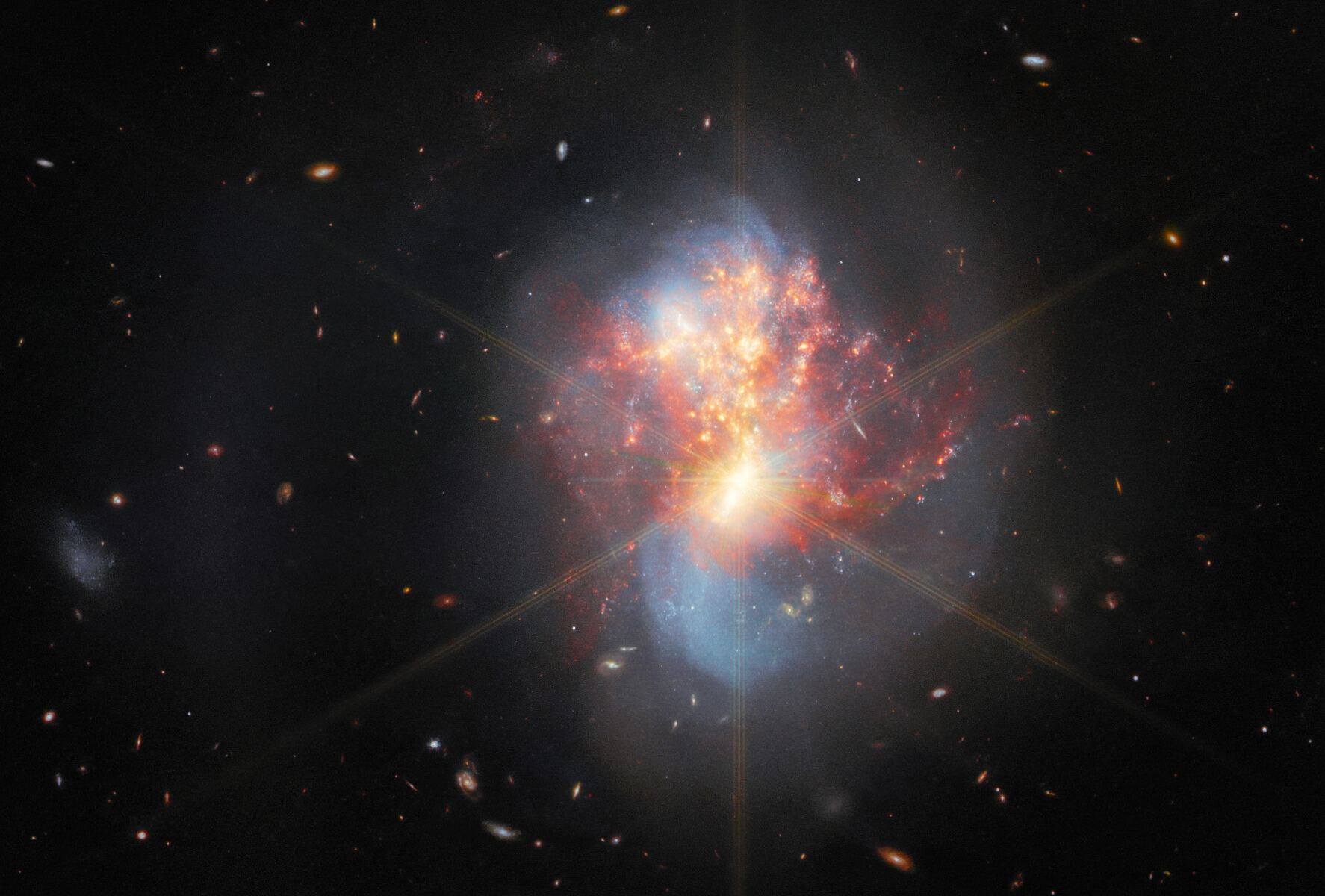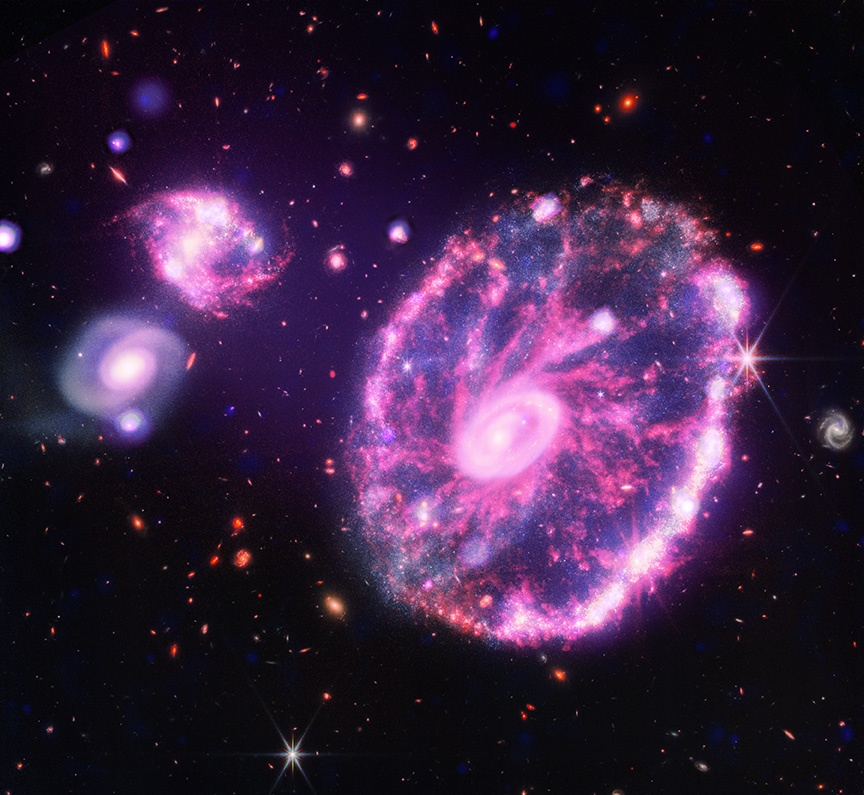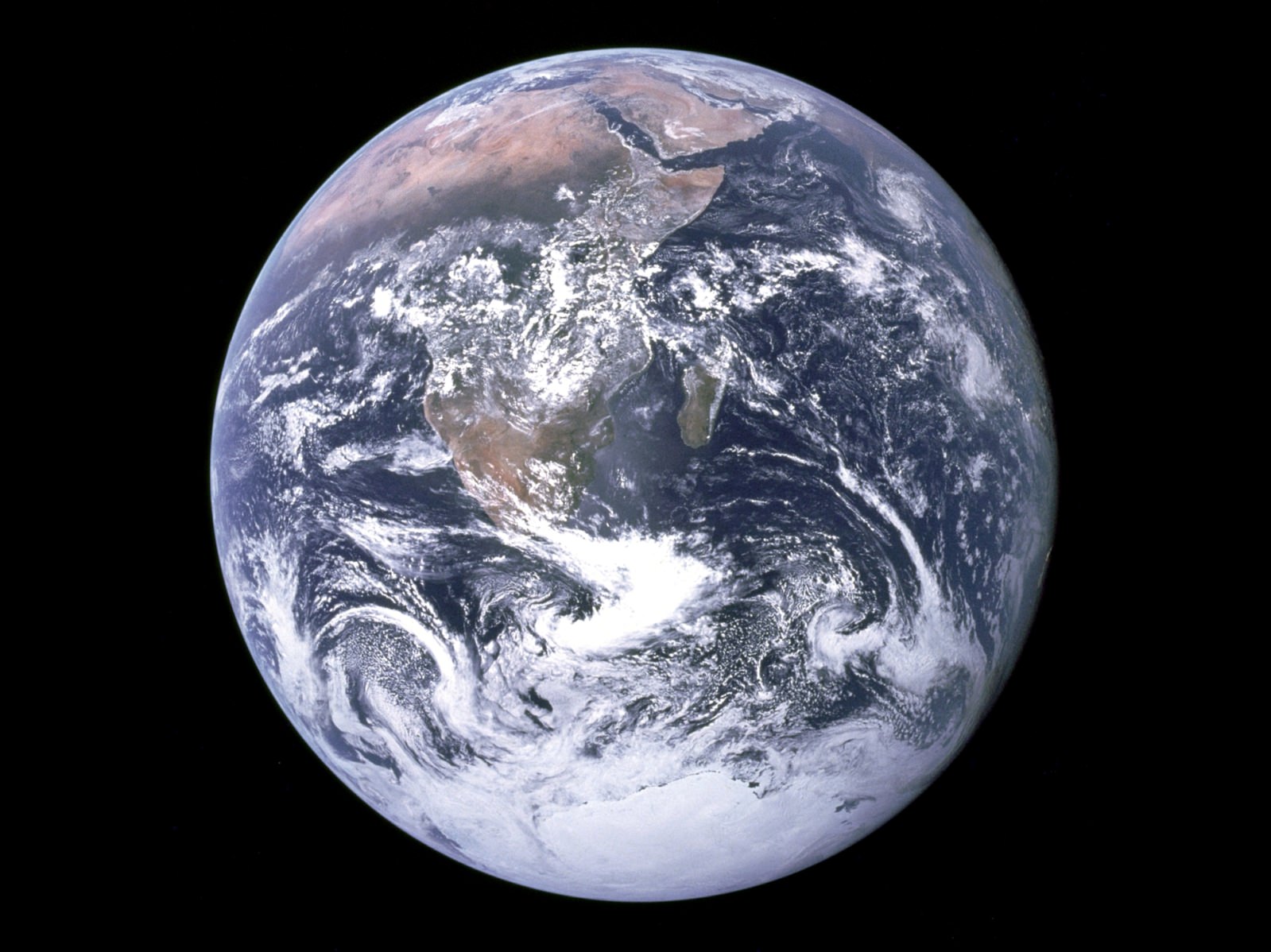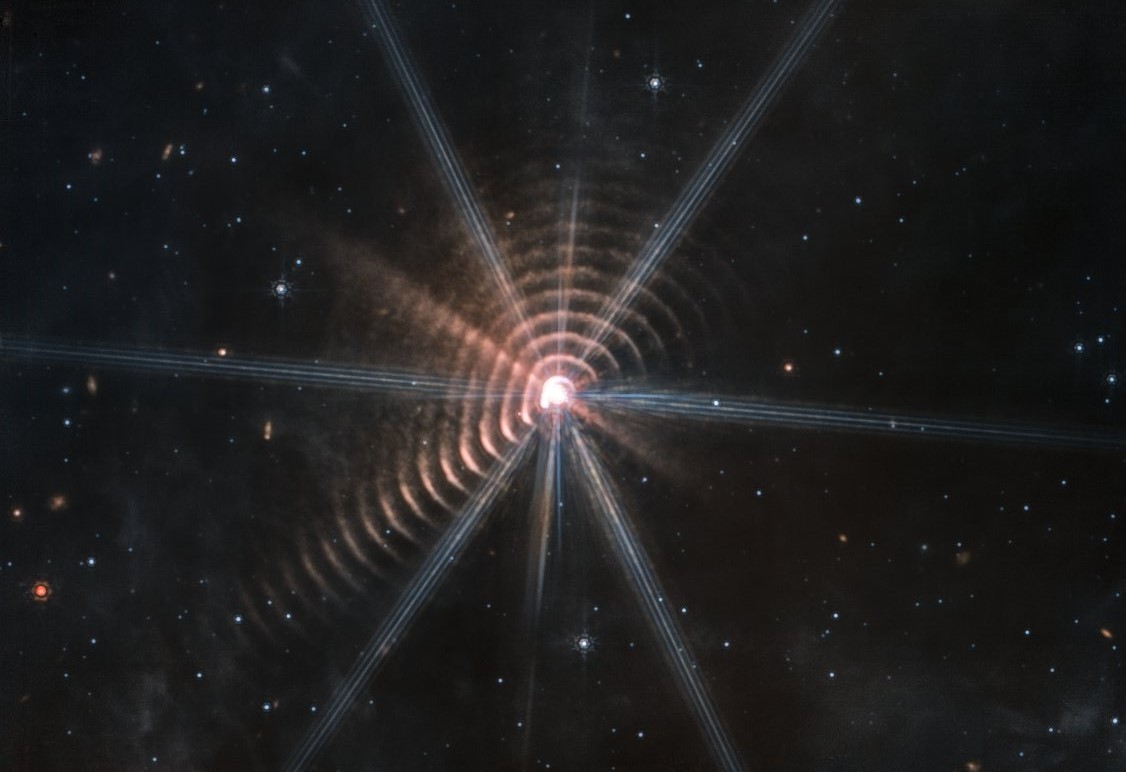Engineers with the James Webb Space Telescope have figured out a way to work around a friction issue that arose with the telescopes’ Mid-Infrared Instrument (MIRI). The team is now planning to resume observations with the instrument’s medium resolution spectrometry (MRS) mode, which has not been used since August.
Continue reading “Woohoo! JWST's Mid-Infrared Instrument is Fully Operational Again”Woohoo! JWST's Mid-Infrared Instrument is Fully Operational Again
